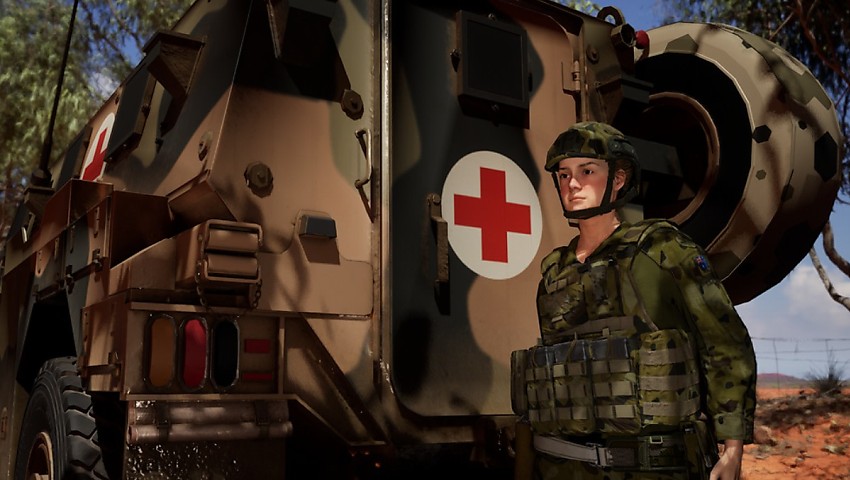The US Defense Advanced Research Projects Agency’s (DARPA) new Anesthetics for Battlefield Care (ABC) program is a fundamental research effort that seeks to produce safe, battlefield-ready anesthetics to reduce the trauma associated with injury and improve combat casualty outcomes.
To continue reading the rest of this article, please log in.
Create free account to get unlimited news articles and more!
DARPA’s program includes two phases: the first is a discovery phase, where teams will discover novel targets and mechanisms that are involved in, and contribute to, anesthesia, and to validate those targets. A second phase is focused on the chemistry of making new drugs that work through new means, as uncovered in the discovery phase.
To accomplish program goals, DARPA will ask performers to identify novel biological mechanisms of action and new drug compounds and formulations to specifically target the anesthetised state, while leaving blood pressure, cardiac output, and respiratory drive untouched. To do this, the program will tackle the mechanistic underpinnings of anesthesia from the molecular level to the anatomical level.
Performers will then develop this novel drug to specifically target these mechanisms, aiming to produce safe anesthesia without drug-induced physiological instability.
Michael Feasel, ABC program manager, said, “Anesthetics for Battlefield Care is de-risking a problem that while targeted to the US Department of Defense, will be disruptive to all of medicine. It could benefit first response from rural emergency services, to air medical services, all the way to level I trauma centres.”
DARPA anticipates that a successful candidate drug would be easy to administer, fast acting, and effective without the need for extensive monitoring and life-support equipment or highly trained medical expertise in a traditional hospital setting.
This effort aims to develop an anesthetic with a vastly improved safety profile and the combined properties of anesthetic cocktails, such as calming, loss of sensation, loss of consciousness, and reduced movement.
“This program seeks to support life-saving interventions to be employed earlier, closer to the point of injury, enabling better outcomes for all patients, whether warfighter or civilian,” Feasel added.
The program also envisions an anesthetic that general forces could administer to casualties with traumatic injuries on the battlefield, even without specialised training.

 Login
Login







